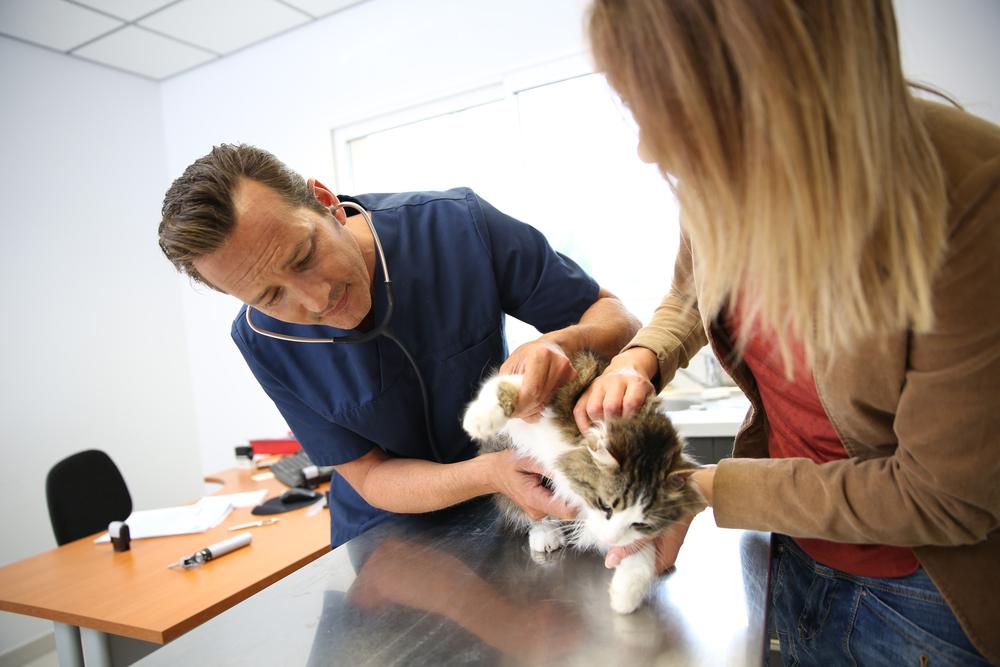
Treating Feline Diabetes Mellitus
Diabetes is a major ailment for many people in our society. Diabetes is a condition that occurs when sugar glucose levels rise due to improper response to insulin production. Insulin attaches to cells and signal when the body should absorb glucose. Diabetes, diagnosed in types 1 and 2, is not only found in humans; many cats, depending on their breed, are actually predisposed to diabetes.
With less than two percent of the feline population having diabetes, majority have type 2. There are many symptoms indicating your cat’s diabetes risk probability; whether it be an increase in age, physical inactivity, and feline obesity, paying attention to signs and seeking early treatment for you cat can greatly help. While the disease is currently uncured, there are steps to take to cause either partial or full remission, adding years to your cat’s life. Implementing healthier feline lifestyle choices can greatly help, including:
1. Insulin therapy
Diabetes is most commonly treated by injectable insulin, is a common treatment in both humans and felines. Once diagnosed by a veterinarian, they would implement how to administer dosage. Typically, vets will perform a 12-24 hours glucose curve, used to establish insulin type and frequency needs of your cat while avoiding rising glucose levels. After determination, vets can teach cat owners how to administer insulin injections at home.
2. Diet
Dietary management is also important. While obesity is a common symptom of feline diabetes mellitus, weight management is partially regulated through diet. Your pet’s veterinarian will usually recommend a carbohydrate-based diet, which stabilizes and improves blood glucose levels. If your cat is underweight due to this disease, increase feeding time intervals or simply leave food out for cat to eat at their own at all times.
3. Exercise
Physical activity is also important for felines with diabetes. Since lack of activity ages cats and helps further deteriorate their limbs, strengthening your pet’s body through exercise is important. Spending a few minutes throughout the day playing with toys or running around with your cat is a great way to begin the rehabilitation process, especially if your cat is obese. Another great way to work out your feline is by hiding their food or treats around the house; cats are natural hunters, so making it a bit more challenging to find their food actually allows them to stay active while on the hunt.
4. Weight
Feline diabetes mellitus, while predisposed to certain breeds, can be prevented by maintaining a healthy lifestyle. Feline obesity is a great contributor to your cat being diagnosed with this disease. Doing your proper research about how to maintain your cat’s health, from diet and adequate amounts of physical activity, you can add time to your fuzzy buddy’s life. Even after diagnosis, keeping up with treatments, such as regulated insulin shots, can also cause the illness to go into remission, increasing your feline’s life span. After all, it takes a village to raise a furry friend, so it’s up to us to keep the cat community diabetes free!


